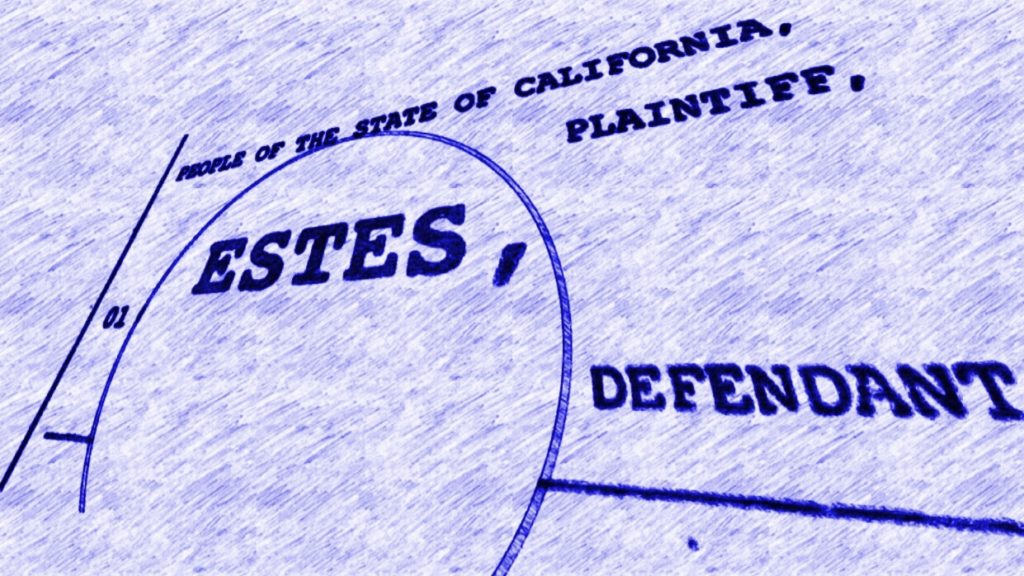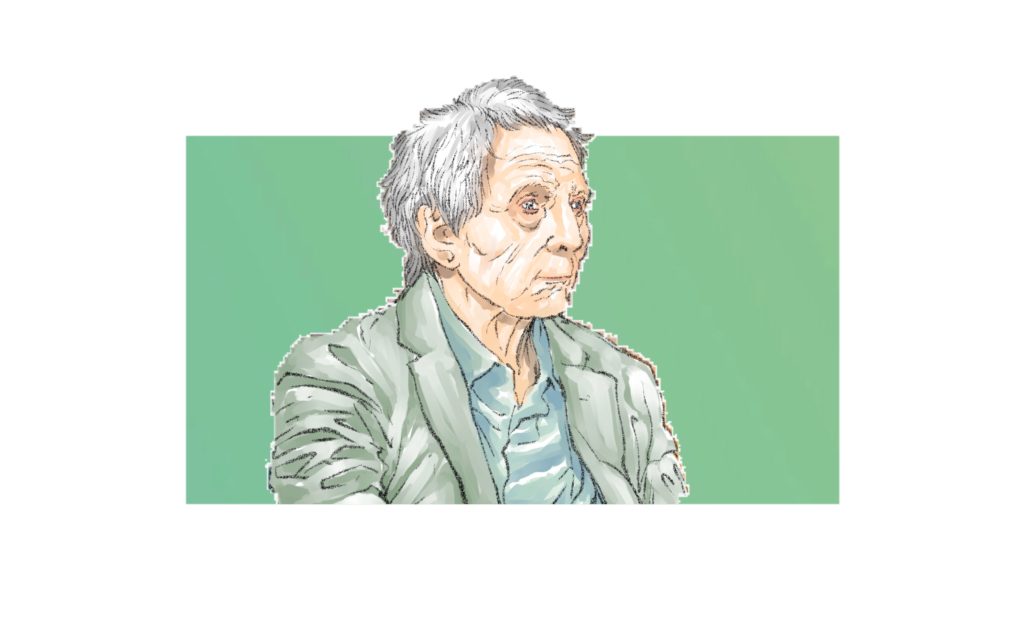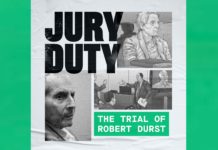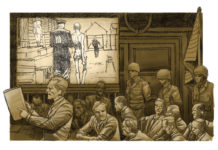Welcome to our weekly review of the events at crimestory.com.
This week we have four stories that explore aspects of the movement to reform our criminal legal process, and we conclude with a final piece summing up our reporters’ pre-trial experience in our coverage of the prosecution of Robert Durst for the murder of Susan Berman.

On Monday, we published The Real Target of The Jussie Smollett Charges Is A Progressive Prosecutor in which Paul Butler argues that while Jussie Smollett faces new charges by a special prosecutor that he staged a fraudulent attack on himself, his case is no longer mainly about him. “The real targets of the prosecution are progressive prosecutors, like Kim Foxx, the Chicago State’s Attorney, whose office made the decision to drop the original charges brought against Smollett. What is really on trial is whether African Americans – as elected prosecutors and as criminal defendants – are entitled to equal justice under the law.”

On Tuesday and Wednesday we presented a special two-part edition of Jury Duty, our weekly podcast forum for the discussion of crime and justice storytelling news and narrative analysis. In these episodes, Crime Story reporter Molly Miller and I interview Los Angeles District Attorney candidate George Gascón. In Part 1 of the Interview with Gascón, he answers questions about his early life, his education, his business career and his years with the Los Angeles Police Department.
In Part 2 of our interview we discuss Mr. Gascón’s tenure as Police Chief in Mesa, Arizona and his conflicts with legendary xenophobe, Sheriff Joe Arpaio; his transition to Police Chief of San Francisco and subsequently to District Attorney in that City. We discuss his role as one of the architects of Proposition 47; how he might staff a Los Angeles D.A. Office, and how his vision for the future of that office differs from incumbent Jackie Lacey’s.

On Thursday, in Reassessing The Estes Robbery, Molly Miller explores the reason that shoplifters in California who push past a security guard can find themselves serving prison sentences, with their records possibly marred by a “violent” strike and their lives burdened by a felony conviction even after their release. This is the legacy of a 40-year-old case involving a man named Curtis Estes. This judicial precedent and the constraints that it puts on judges’ sentencing options is a prime target for reformers seeking to address the systemic reasons for mass incarceration.

And on Friday, during the week that jury selection began in the trial of Robert Durst for the murder of Susan Berman, Sean Smith writes about a theme that has marked the pre-trial proceedings in this case. In Unanticipated Intimacy and the Trial of Robert Durst, Sean calls these peculiar moments of humanity laid bare “proof of what Friedrich Nietzsche called our ‘human, all-too-human’ capacity to be both angels and mere flesh simultaneously.”
For those of you wondering how you can catch up on previous Crime Story newsletters, just click here and your question shall be answered.
We close this week, as is our habit, with Hannah Teich’s curated selection of some of the more interesting stories from Crime Story Daily over the past week.
Hannah, who edits this Daily section, groups the aggregation into four general topic areas: criminal justice policy reporting; muckraking/watchdog reporting; complex crime storytelling; and stories that examine the impact of criminal justice and true-crime in the culture.
Click here to go to Hannah’s weekly essay.
Thanks for reading and listening.
Kary Antholis
Publisher/Editor, Crime Story






